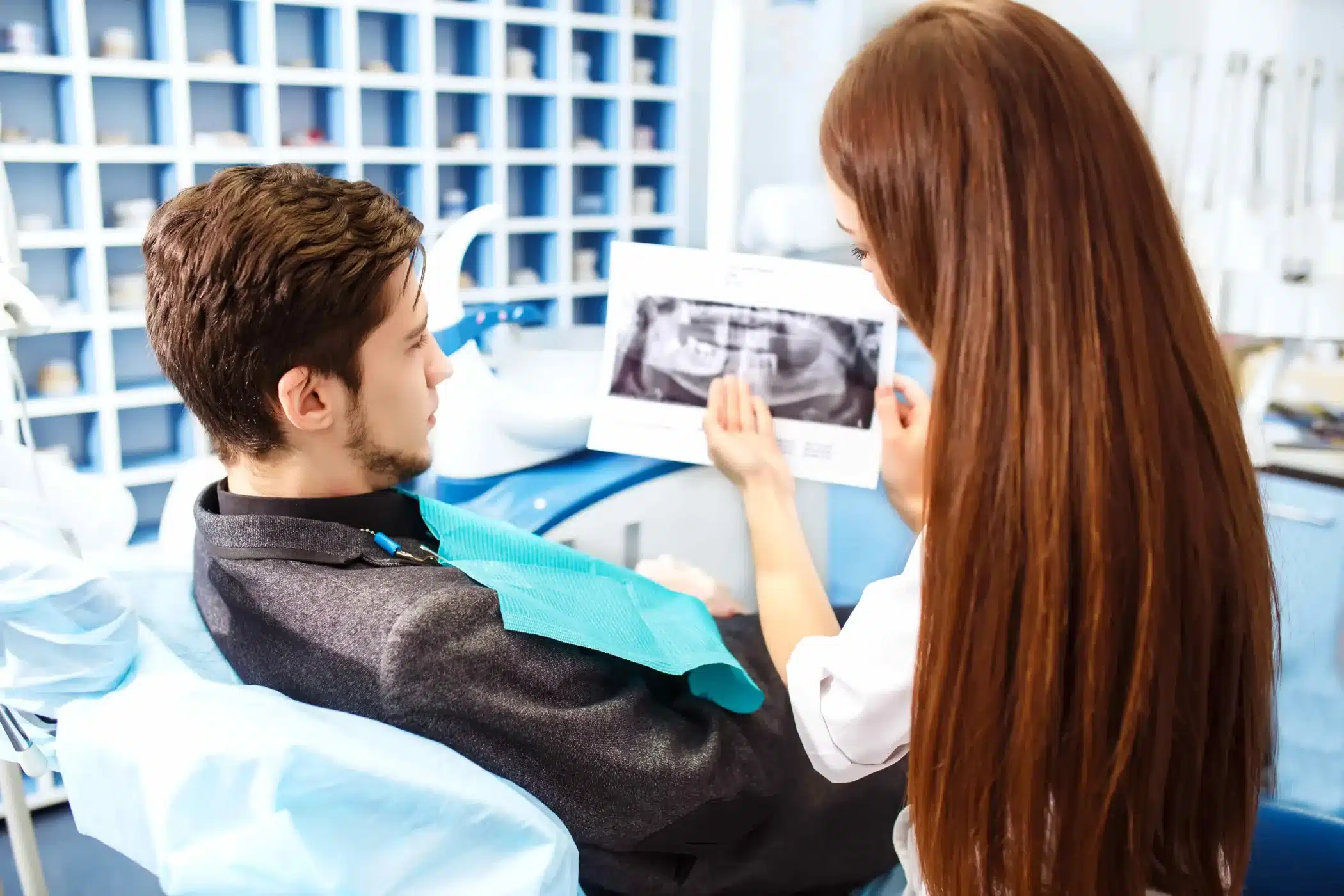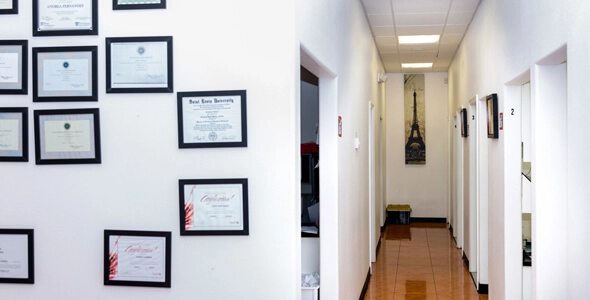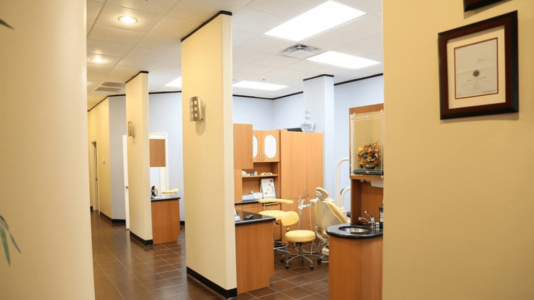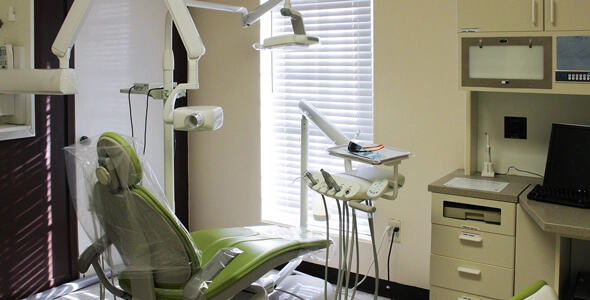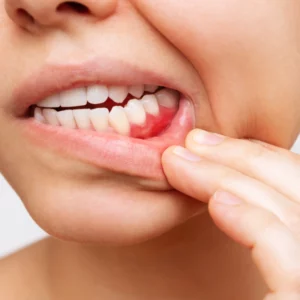Misaligned Teeth: Causes, Classification, & Treatment Options
According to the World Health Organization, malocclusion- or misaligned teeth- is one of the most important health issues after periodontal disease and cavities. When left untreated, it can lead to a variety of health issues such as decay, missing teeth, and gum disease and may also damage tooth enamel and cause jaw problems.
In addition to these physical health problems, researchers have learned how malocclusion impacts mental health. Many studies indicate that people with malocclusion often avoid relationships and social situations because they are self-conscious about their appearance.
Even if your teeth seem to be straight, there are 9 clear indicators that you have a malocclusion:
- Chipped teeth
- Different length teeth
- Clicking jaw
- Frequent headaches
- Loose/missing teeth
- Difficulty and/or discomfort while chewing or biting
- Abnormal facial appearance
- Difficulty speaking
- Notches at the gum line
If you believe that you have a malocclusion, contact the team at A Dental Care today. We have 4 offices conveniently located across the Houston area, as well as one in Katy and one in Spring. We offer a variety of options for all ages, including braces for children and adults and Invisalign.
During your initial consultation, our dental team will work with you to determine the type and severity of misalignment you have. This will help us determine the most appropriate treatment. Our team is highly skilled in treating a variety of malocclusion and is looking forward to working with you.
3 Classifications of Malocclusion
There are 5 common types of malocclusion that falls under 3 classifications:
Class 1
A Class 1 malocclusion is when the teeth of the upper arch overlap the lower, which is called an overbite. This is often due to prolonged bottle use or thumb/pacifier-sucking. In most cases, a Class 1 malocclusion is minor enough that the bite is not impacted and is fixable with conservative treatment.
Class 2
In a Class 2 malocclusion, the teeth of the upper arch also overlap the lower. However, it is more severe and requires early intervention. The bite is impacted with a Class 2 malocclusion. It can be treated but will take some time.
Class 3
A Class 3 malocclusion is when the teeth of the lower arch overlap the upper, which is known as an underbite. It is also used to describe a crossbite, which is when the upper and lower arch overlaps each other.
5 Types of Malocclusion
The 5 most common types of malocclusion are as follows:
Overbite
Overbite is commonly referred to as “bucktooth” and is a condition in which the teeth of the upper arch extend past the lower arch.
Underbite
Underbite is a malocclusion where the teeth of the lower arch extend past the upper arch.
Open Bite
Open bite is a malocclusion in which there is a gap between the teeth of the top arch and lower arch when the jaw is closed.
Crossbite
Crossbite is a type of malocclusion in which the teeth of the upper arch do not align with the lower arch.
Crowded Teeth
Crowded teeth is a type of malocclusion in which there is not enough space to accommodate the teeth, resulting in twisting, bunching, and overlapping.
Common Causes of Misaligned Teeth
According to the experts, there are several potential causes of malocclusion, such as:
- Accidents or trauma to the jaw
- Genetics
- Sucking fingers/thumb
- Pacifier use
- Prolonged bottle use
- Gum disease
- Unusual size/shape of teeth
- Premature loss of primary teeth
- Oral tumors
Treatment Options at A Dental Care
At A Dental Care, we offer several treatment options for malocclusion to fit your personal needs and desires. We believe that everyone deserves a straight, healthy smile. During your initial consultation, we’ll determine the type of severity of your malocclusion and offer treatment options based on our findings.
Most of our patients understand that a straighter smile looks great- but most don’t realize that straighter teeth also improve your oral health and functionality. Straightening your teeth can help you avoid gum/bone loss, irregular wear of tooth enamel, tooth decay, and TMJ/TMD pain. To learn more about our orthodontic treatment options for adults and children, contact us today. We are excited to help you achieve your desire of having a straighter, healthier smile.
Below are some of our treatment options:
Traditional Braces
Traditional metal braces can be used on adults or children and can be either metal or ceramic. Metal braces have been used to treat malocclusion for many years. In fact, it is the most effective treatment for severe malocclusion. The brackets are usually silver or gray. The biggest disadvantage is that everyone will know that you have braces. Ceramic braces, on the other hand, are not as obvious. The brackets are clear or tooth-colored, so from a distance, people won’t realize you have braces.
The brackets are attached to the teeth with dental adhesive and tightened with orthodontic wire.
Invisalign
Invisalign is a newer treatment for mild to moderate malocclusions, including crooked teeth, overbite, underbite, crossbite, and gapped teeth. This is a system of clear aligners that are custom-made for the patient. Since the aligners are transparent, most people won’t notice them. For maximum effectiveness, aligners should be worn 20 to 22 hours a day. They should be removed when eating and brushing/flossing teeth. If you are interested in Invisalign as a solution for your malocclusion, contact the team at A Dental Care in Houston today.
Porcelain Veneers
Porcelain veneers, also referred to as dental veneers or porcelain laminates are thin shells that are used to improve the shape, color, and overall appearance of teeth. This option is strong, long-lasting (up to 30 years) and resist stains. Veneers are most commonly used to cover up mild malocclusion. The biggest disadvantage is that veneers are a purely cosmetic solution and often, insurance will not cover them.
Dental Implant
When malocclusion is due to missing teeth, our dental team often recommends dental implants to fill in the gaps. A dental implant is a device, usually made of titanium, that replaces the root of a missing tooth. This is a permanent replacement option for teeth that are missing or must be extracted.
The implant is inserted into the jawbone and a crown attached to replace the visible part of the tooth. As long as you take proper care of dental implants, they have a 95% success rate and will last a lifetime.
The biggest disadvantage of dental implants is the time that it takes to complete treatment. You can expect to invest at least a few months- and sometimes more than a year.
Dental Bridge
Another option for treating malocclusion due to missing teeth is a dental bridge. This option is more budget-friendly than implants and requires less time. The primary disadvantage is that dental bridges only last 10 to 20 years before they need to be replaced and the neighboring teeth must be filed down to make room for the device.
A dental bridge may also be implant-supported, meaning that dental implants will be placed on either side of the gap, to the neighboring teeth do not have to be disturbed.
Dental Splint
For patients who have malocclusion due to tooth grinding, or bruxism, dental splinting is an option. A dental splint is a mouthguard that is meant to be a short-term solution for TMJ. It is designed to be worn while sleeping and does not cause changes in the positioning of your teeth or structure of your jaw.
Palate Expander
A palate expander is a device used to correct misalignment between the upper and lower jaw. It is used to widen the palate, or roof, of the patient’s mouth and is most effective in pediatric patients, since their jaws are still forming. This option is typically used in children and teens prior to moving forward with other treatments.
Oral Surgery
Oral surgery is a last resort option for treating malocclusion. This is an umbrella term used to describe a variety of treatments including extractions, corrective jaw surgery, bone grafting/sinus lifting, gum treatments, and more.
Conclusion
Malocclusion is one of the most common dental issues and may be caused by genes, bad habits, tooth loss, and more. There are three different classifications and five common types of malocclusion that we deal with at A Dental Care. Our team is trained to correct your malocclusion and give you the smile you always dreamed of.
Schedule your consultation today at one of our 4 conveniently located offices in Houston, Texas. We also have an office in Spring and one in Katy. We are open late and on weekends to accommodate our patients who are unable to get into the office due to their work schedule. We are available Monday through Friday, 8:00 AM to 8:00 PM and Saturday and Sunday, 8:00 AM to 5:00 PM. We look forward to working with you to improve your smile.



